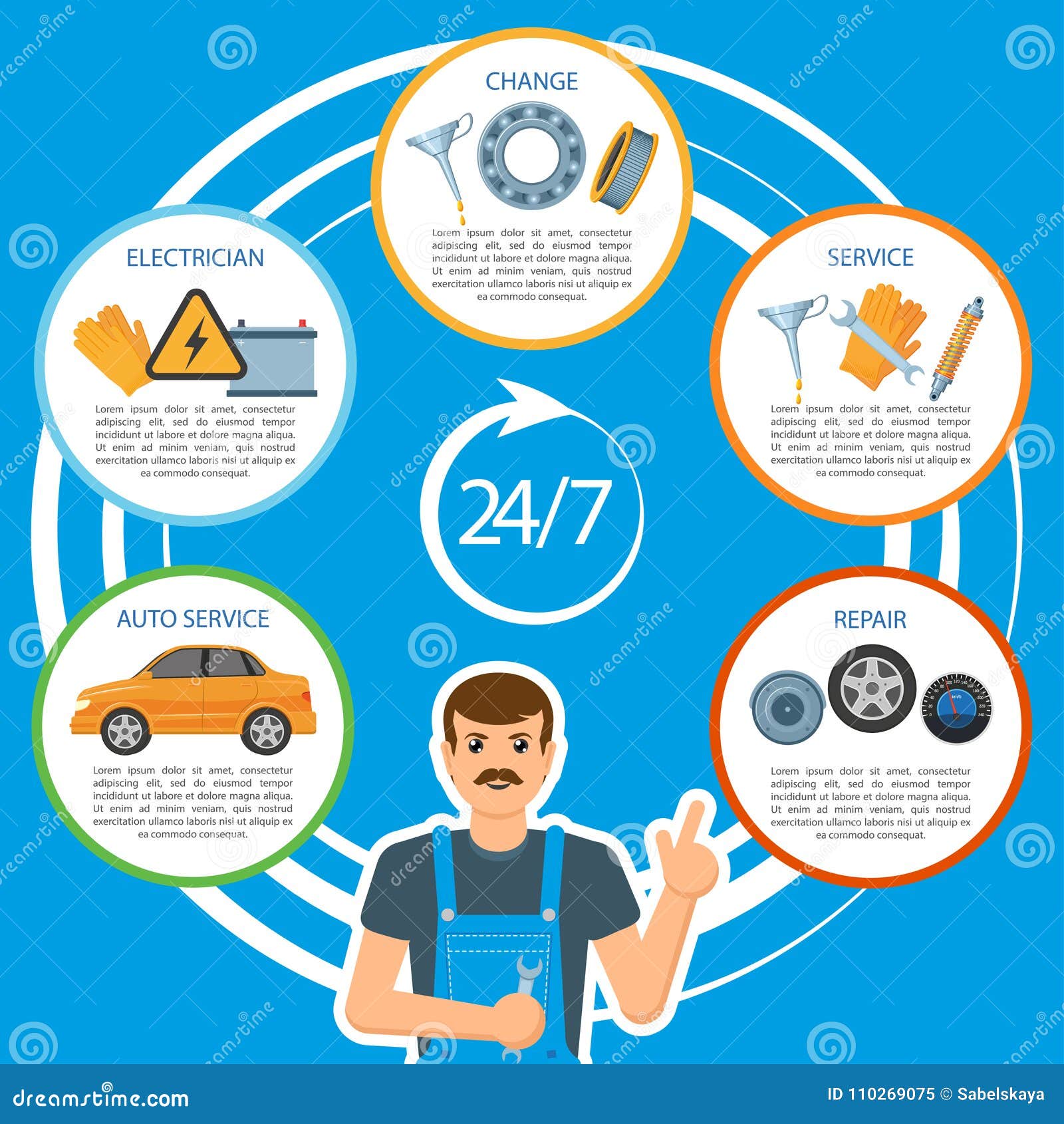Comprehending The Definition Behind Your Vehicle'S Caution Lighting: A Thorough Appearance
Comprehending The Definition Behind Your Vehicle'S Caution Lighting: A Thorough Appearance
Blog Article
related web-site By-Termansen Dalgaard
When you lag the wheel, those radiant caution lights on your control panel can be a little bit bewildering. Do you understand what they're trying to tell you concerning your car's wellness? Comprehending the value of these lights is important for your security and the longevity of your vehicle. So, the following time among those lights appears, wouldn't you intend to analyze its message accurately and take the necessary steps to resolve it?
Common Caution Lights and Interpretations
Recognize common warning lights in your automobile and comprehend their meanings to make certain safe driving.
The most typical warning lights consist of the check engine light, which indicates concerns with the engine or emissions system. If this light begins, it's vital to have your automobile checked quickly.
The oil stress warning light shows low oil pressure, needing prompt attention to avoid engine damage.
A blinking battery light could suggest a malfunctioning charging system, potentially leaving you stranded otherwise attended to.
The tire stress tracking system (TPMS) light notifies you to low tire stress, impacting lorry stability and gas efficiency. Overlooking this could cause harmful driving problems.
The abdominal light shows a trouble with the anti-lock stopping system, compromising your capability to quit promptly in emergencies.
Finally, the coolant temperature level warning light warns of engine getting too hot, which can lead to serious damage if not resolved swiftly.
Comprehending these common warning lights will assist you address problems without delay and maintain risk-free driving conditions.
Relevance of Prompt Focus
Comprehending the typical caution lights in your car is only the very first step; the relevance of immediately resolving these cautions can not be stressed sufficient to guarantee your safety on the road.
When a warning light illuminates on your control panel, it's your auto's means of interacting a possible problem that needs interest. Ignoring these warnings can lead to extra serious issues in the future, jeopardizing your security and potentially costing you extra out of commission.
Prompt attention to alerting lights can prevent malfunctions and accidents. For example, a blinking check engine light can suggest a misfire that, if left unattended, could trigger damages to the catalytic converter. Resolving this immediately can save you from a costly repair.
In a similar way, a brake system warning light may indicate reduced brake fluid or used brake pads, essential components for your safety when driving.
DIY Troubleshooting Tips
If you discover a warning light on your dashboard, there are a couple of DIY troubleshooting suggestions you can attempt prior to seeking professional aid.
The primary step is to consult your cars and truck's guidebook to recognize what the certain warning light indicates. In some cases the problem can be as simple as a loosened gas cap causing the check engine light. Tightening the gas cap might deal with the problem.
https://www.wtol.com/article/money/cars/auto-industry-shortage-longer-wait-time-for-car-parts/512-22a05c53-9e2b-4659-b374-816d97599efe is a low battery, which can activate different advising lights. Checking the battery links for deterioration and ensuring they're safe may repair the problem.
If a warning light continues, you can attempt resetting it by disconnecting the cars and truck's battery for a couple of mins and after that reconnecting it. Additionally, examining your vehicle's fluid degrees, such as oil, coolant, and brake fluid, can assist repair advising lights related to these systems.
Verdict
In conclusion, recognizing your auto's caution lights is important for maintaining your car running smoothly and safely. By promptly dealing with these notifies and knowing what they indicate, you can stay clear of expensive repair services and possible break downs.
Remember to consult your cars and truck's handbook for specific details on each advising light and act appropriately to make sure a hassle-free driving experience.
Stay educated, remain safe when traveling!
